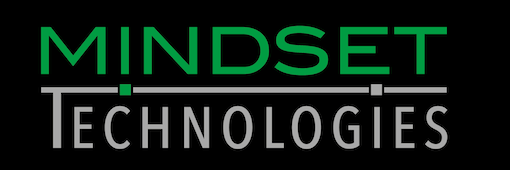Sophisticated algorithms, meticulous data gathering, deep knowledge of neuroscience on the basis of a lot common sense built-into scientific methods is what we use. We analyze and interpret correlates of attention and cognition (like eye-movements, eye-blinks), pointing at fatigue and mental irregularities. The feedback is always relevant and comprehensible, because for many of our customers action has to be fast and right. We believe that data science is not enough in order to convert physical correlates and per nature ambiguous biological signals of mental experience to information – any case in point requires a knowledge-to-data-to-information approach and very individual profiling. Benchmarking to an average leads to nothing. Profiling is the key to actionable insights.
In the last three decades technologies to measure heart-related signals were conceptualized, developed and commercialized, gradually reaching mass-market appeal. Heart-rate monitoring moved from easy to complicated to „on everyones wrist“. The brain and its mental functions are not only what makes us human. It regulates our body budgets, our social relations and especially today: is highly engaged of interacting with machines, interfaces and technology for better safety and performance. Sophisticated algorithms, meticulous data gathering, deep knowledge of neuroscience on the basis of a lot common sense built-into scientific methods is what we use. We analyze and interpret correlates of attention and cognition (like eye-movements, eye-blinks), pointing at fatigue and mental irregularities. The feedback is always relevant and comprehensible, because for many of our customers action has to be fast and right.
Across industries, people have to face unpredictable drops in attention and fluctuating mental performance in various contexts. We developed the first of its kind, non-invasive „brain-rate monitor“ (via patented algorithms and specialized hardware) created for environments where lives are at risk or efficiency is critical for success. Similar to a heart-rate monitor, the solutions acts like a „brain-rate monitor“, providing timely feedback on the state and fate of attention. This is achieved by recognizing individual attention patterns and converting these insights into reliable feedback loops.
